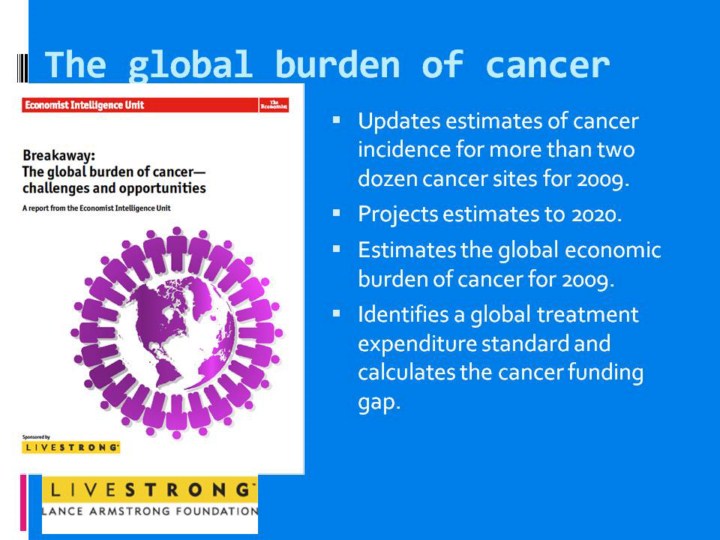| front |1 |2 |3 |4 |5 |6 |7 |8 |9 |10 |review |
 |
According to the Amercian Cancer Society, breast cancer types include: Ductal carcinoma in situ (DCIS): This is the most common type of non-invasive breast cancer. DCIS means that the cancer is only in the ducts. It has not spread through the walls of the ducts into the tissue of the breast and so cannot spread to lymph nodes or other organs. Nearly all women with cancer at this stage can be cured. One of the best ways to find DCIS early is with a mammogram. Lobular carcinoma in situ (LCIS): This begins in the milk-making glands (lobules) but does not go through the wall of the lobules and cannot spread to other parts of the body. It is not a true cancer, but having LCIS increases a woman's risk of getting cancer later. For this reason, it's important that women with LCIS make sure they have regular mammograms and doctor visits. Invasive (or infiltrating) ductal carcinoma (IDC): This is the most common breast cancer. It starts in a milk passage (a duct), breaks through the wall of the duct, and invades the tissue of the breast. From there it may be able to spread (metastasize) to other parts of the body. It accounts for about 8 out of 10 invasive breast cancers. Invasive (infiltrating) lobular carcinoma (ILC): This cancer starts in the milk glands (the lobules) and then spreads through the wall of the lobules. It can then spread (metastasize) to other parts of the body. About 1 out of 10 invasive breast cancers are of this type. Inflammatory breast cancer (IBC): This uncommon type of invasive breast cancer accounts for about 1% to 3% of all breast cancers. Usually there is no single lump or tumor. Instead, IBC makes the skin of the breast look red and feel warm. It also makes the skin look thick and pitted, something like an orange peel. The breast may get bigger, hard, tender, or itchy. |